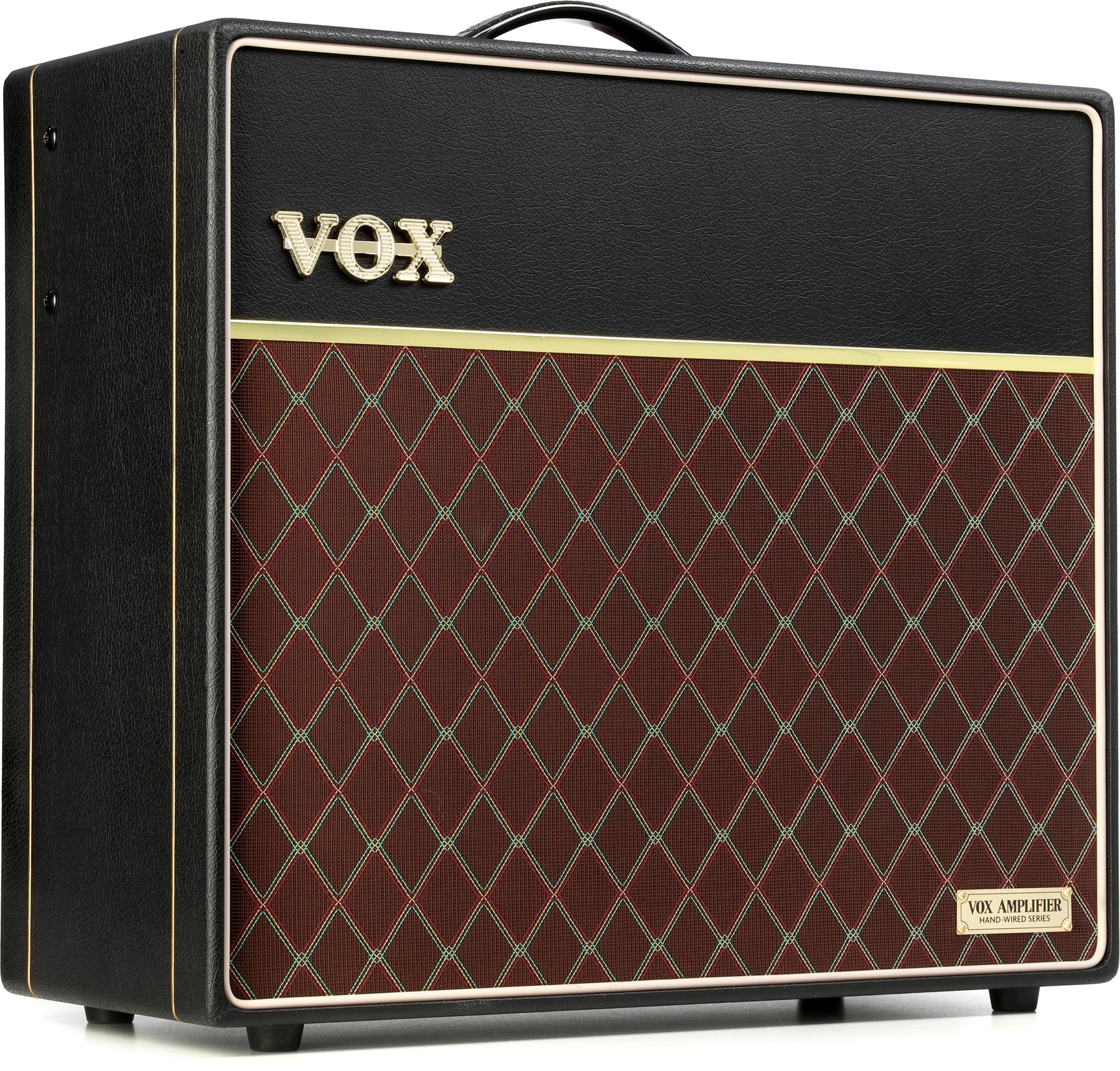The Olinthus Cicada’s Tube Screamer-on-a-postage-stamp concept is a captivating one. But contemplating the engineering impetus behind it begs questions: How much area does the pedal and mandatory/included TRRS breakout cable actually conserve? Where do you situate it in relation to other pedals so you can actually tap the bypass—which is the pedal enclosure itself! Would my neighbor’s cat eat it? As it turns out, there’s many good reasons for the Cicada to be.
For starters, small size and light weight on this order are a big deal. Flying with gear is stupid expensive. So, for players that don’t relish the antiseptic aspects of modeling, this micro-analog middle path could be a sensible one. Altogether, pedal and cable are about the size of a set of keys. You can stuff it all in a pocket, put clean laundry in your gig bag, and tour for a while, as long as the rain doesn’t soak your shoes.
All this assumes you roll with very small and very few additional effects. But if you can survive on overdrive alone, you can stick a little adhesive to the back—tape, Velcro, bubblegum, etc.—and affix the Cicada to almost anything. It sounds really good, too! A classic TS application—Fender combo and Stratocaster—yields soulful blues smoke. The same Fender amp and an SG means dynamite, raunchy, and rich Mick Taylorisms. It even does the Iommi stomp pretty well at high gain! I’m still not sure if the Cicada is a solution for a less-than-pressing engineering problem. Nevertheless, it opens up real practical possibilities and sounds more than legit in the process.



















